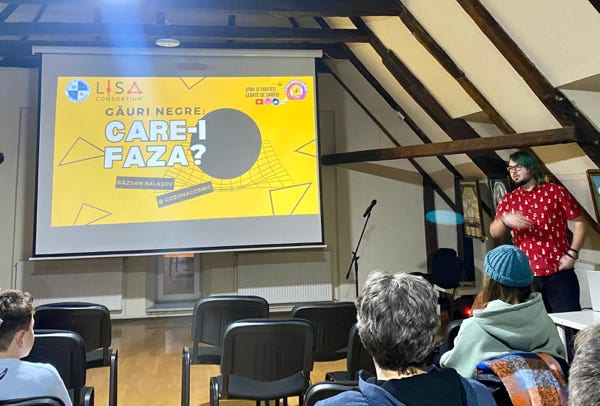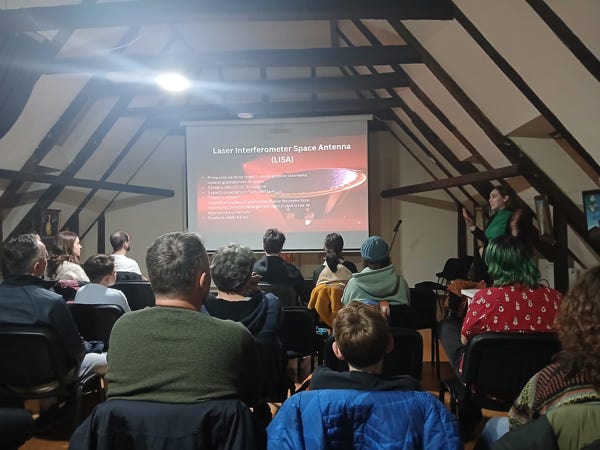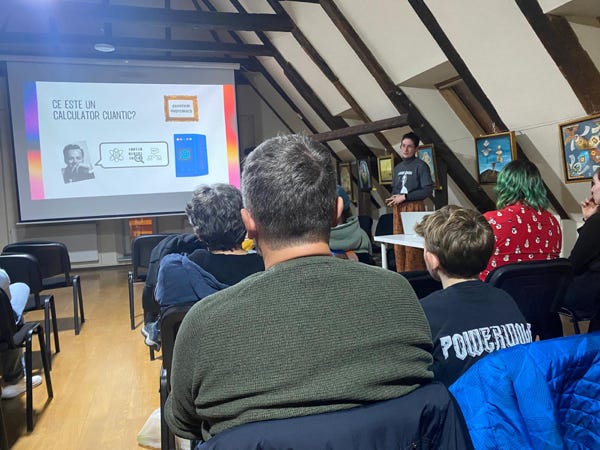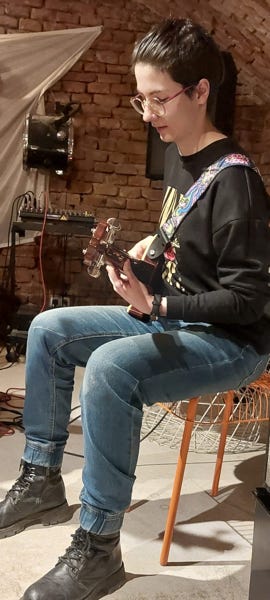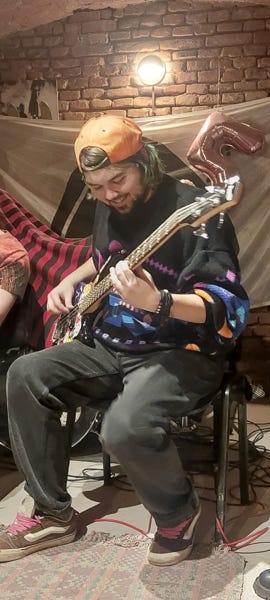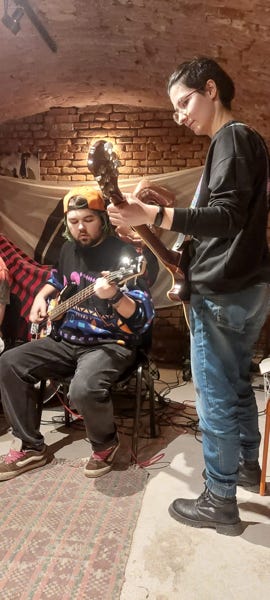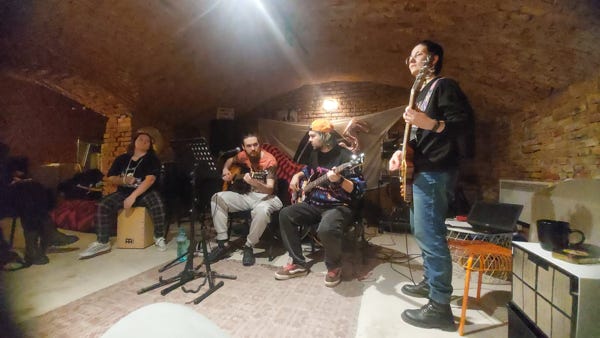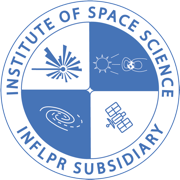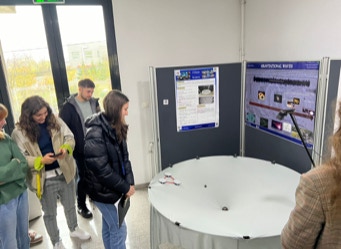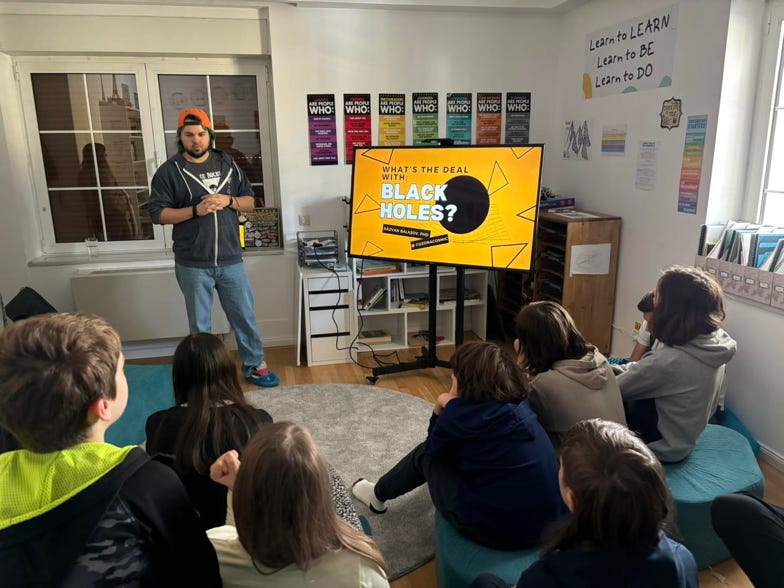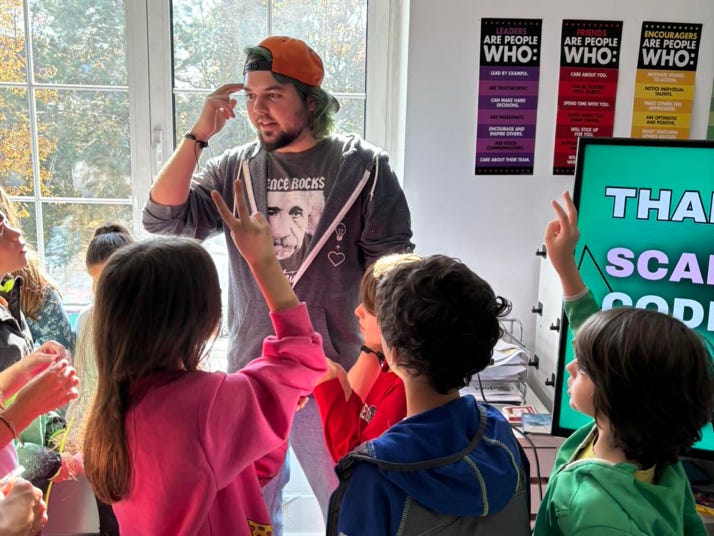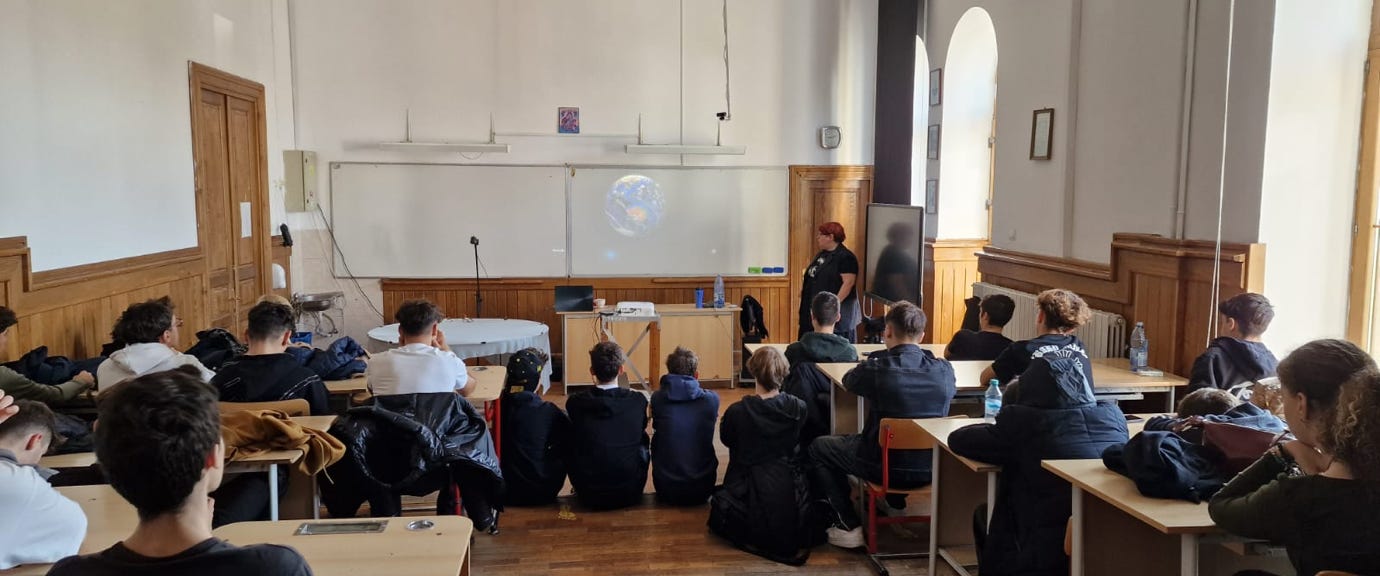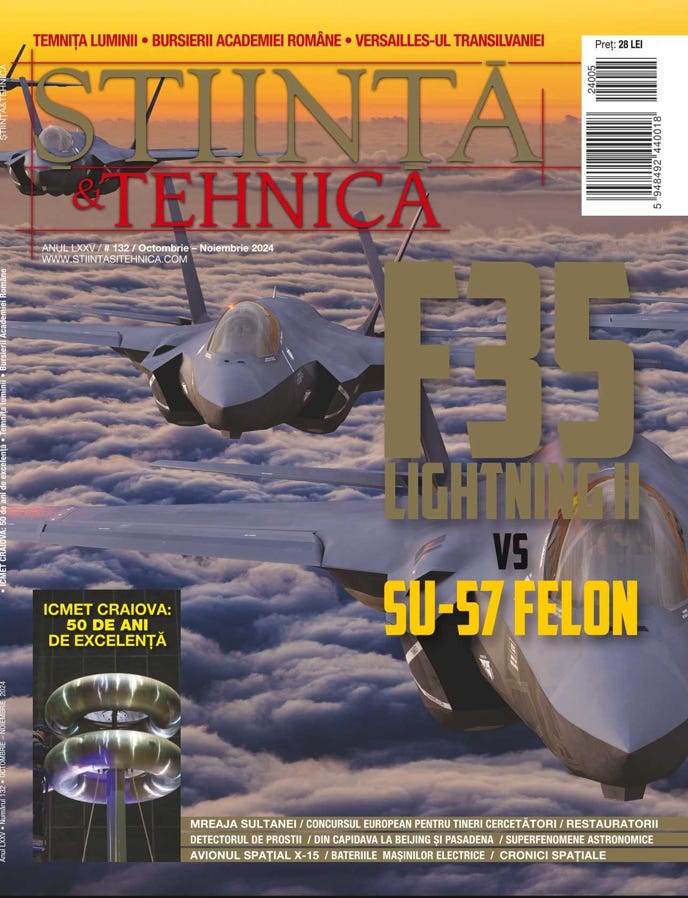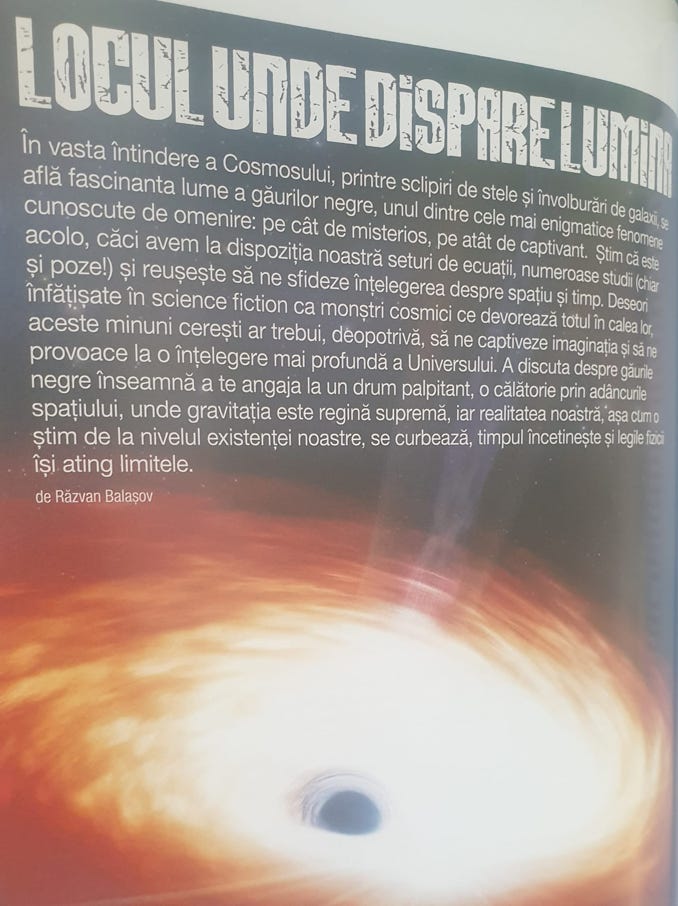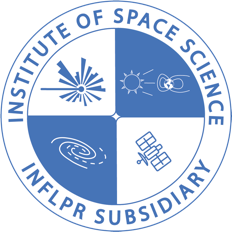18.11.2024
Explorio is the newest astronomy festival in the country! It takes place in Sibiu and its main purpose is to bring astronomy and the research in the Astrophysics domain closer to people of all ages. This year’s festival ended with a space-themed conference at which our colleagues, dr. Răzvan Balașov, Florentina Pîslan and Maria Ișfan, were invited to talk about their research. They discussed Black Holes, the LISA Space Mission and Quantum Computers. And that’s not all! On Friday night, Răzvan and Maria also participated in a jam session and mesmerized all listeners with their skills.
